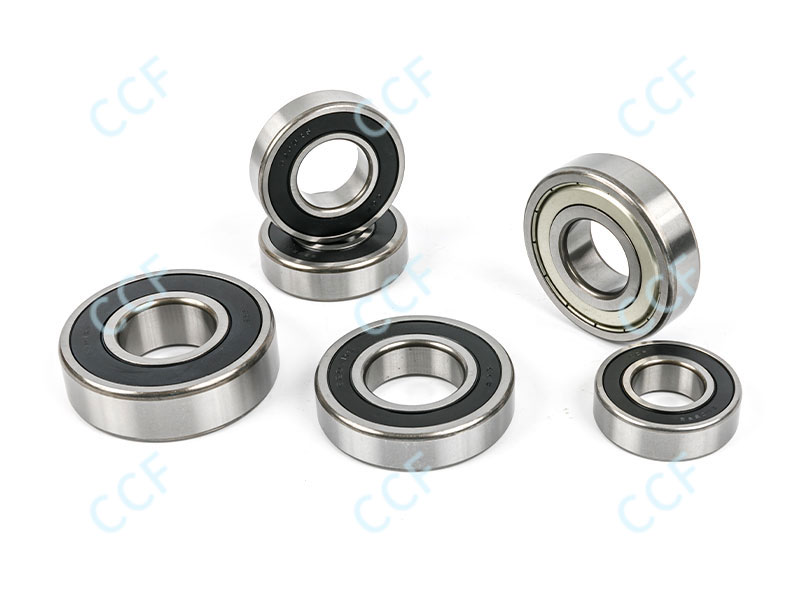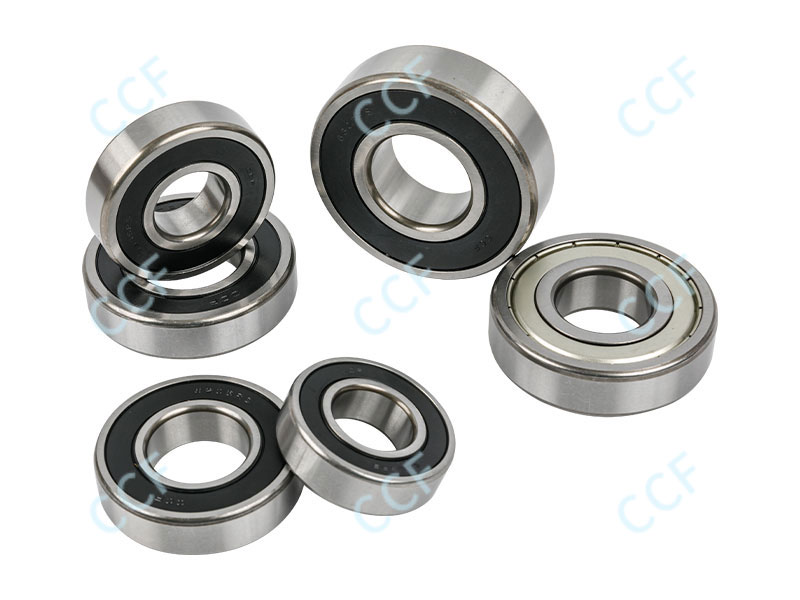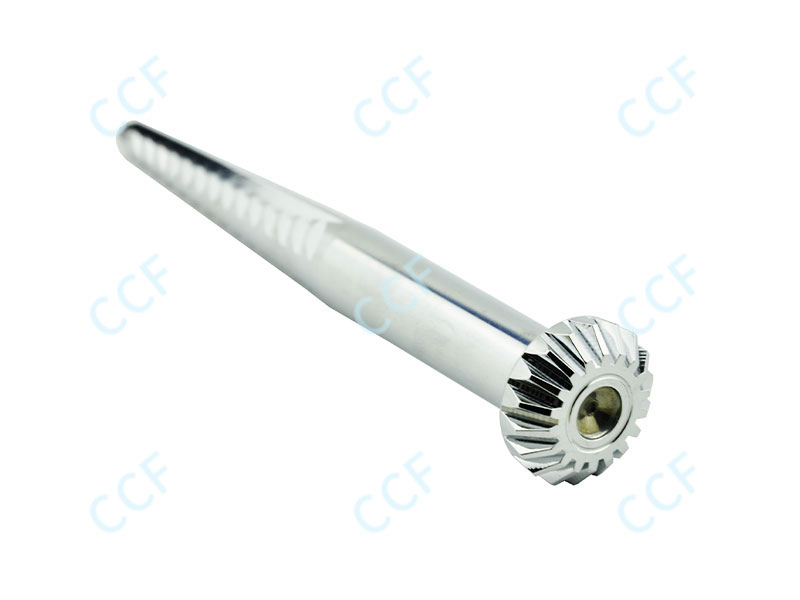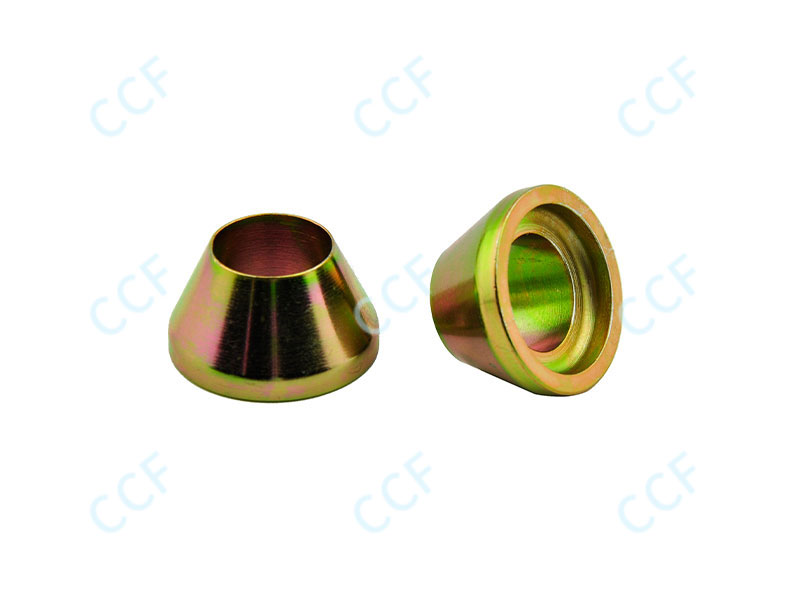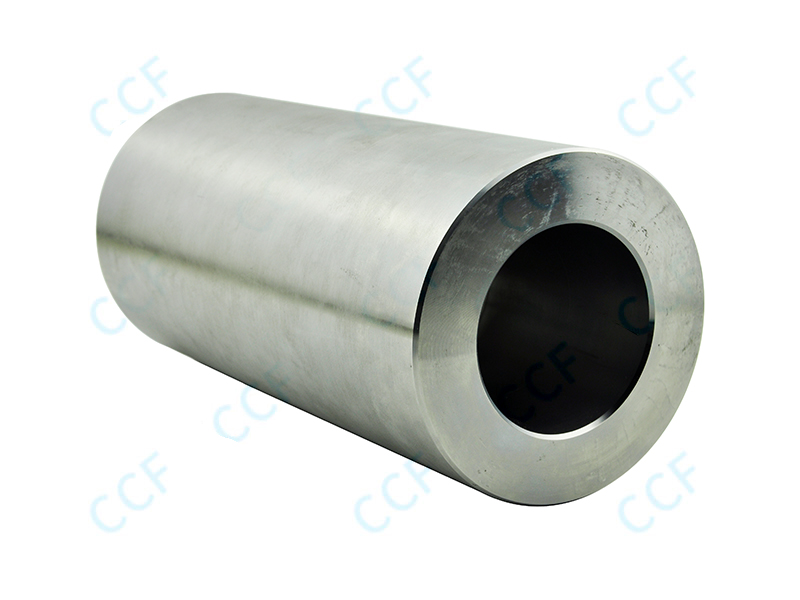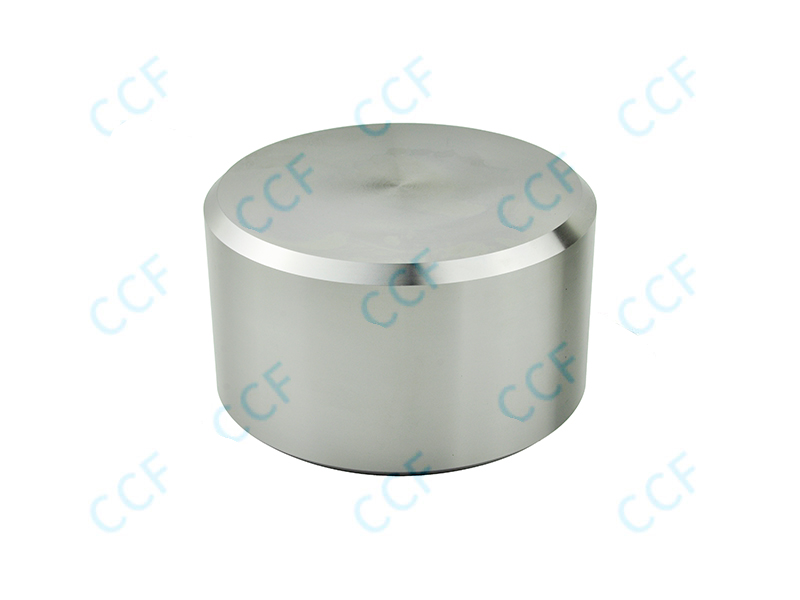1. Auditory detection: Watch out for unusual noises
One of the most common signs of a damaged automotive ball bearing is unusual noise. When the balls or raceways inside the bearing are worn, a "buzzing" sound, sharp metal friction sound, or abnormal noise will be emitted. These sounds usually intensify as the vehicle speed increases. If the vehicle has no obvious noise when driving at low speed, but the noise becomes obvious when driving at high speed or turning, it is likely that the bearing is damaged.
Source and analysis of the sound
*Continuous noise: If you hear a continuous noise, it may be because the raceway of the ball bearing has worn, resulting in increased friction.
*Periodic noise: If the noise is intermittent or pulsating, it may be because the ball is unbalanced or damaged in certain specific locations.
*High-frequency sharp sound: It usually means that there is excessive wear or contamination inside the bearing, resulting in increased friction between the steel balls or raceways.
2. Vibration detection: Increased vibration of the vehicle body
If the automotive ball bearing is damaged, the bearing will no longer run smoothly, which may cause obvious vibration of the vehicle body. When the wheels turn, the imbalance of the bearings may be transmitted through the body of the vehicle, causing abnormal vibrations in the steering wheel or seat. Especially during driving, the vibration may vary with the speed of the vehicle.
Vibration inspection method
* Steering wheel vibration: If the steering wheel vibrates when the vehicle speed increases, it may be that the front wheel bearing is damaged.
* Body vibration: If other parts of the body vibrate abnormally when the vehicle speed increases, it may be that the bearings of the rear wheels or other parts are damaged.
* Noise and vibration coordination: If the vibration phenomenon accompanied by noise becomes more and more serious, it is usually a clear sign of bearing damage.
3. Temperature detection: bearing overheating
* Under normal circumstances, ball bearings will generate a certain amount of heat during operation, but if the bearings are damaged, especially when the balls are stuck or poorly lubricated, the friction will increase, causing the bearing temperature to rise sharply. Overheating will cause the seals and lubricants of the bearings to deteriorate, thereby accelerating damage.
Temperature detection method
* Manual test: When the car is parked, touch the center of the wheel with your hand (be careful not to get burned). If it feels significantly hotter than other parts, it may indicate that the bearing is overheating.
*Thermometer: Use an infrared thermometer to measure the surface temperature of the bearing and compare it with the normal temperature range. Once the temperature is found to be abnormally high, check whether the bearing is overheated.
4. Visual inspection: Check the appearance of the bearing
Visual inspection of automobile bearings is one of the effective means to diagnose their damage. By observing the wheels and wheel hubs, you can check whether there are any abnormal performances. Damage to the bearing may cause cracks, corrosion or dirt on the bearing seat or wheel hub.
*Inspection steps
Appearance inspection: Observe the wheel bearing seat, wheel hub and other components to check for cracks, deformation or oil leakage.
*Lubricant leakage: If lubricant leakage is found inside the wheel, it means that the bearing seal has been damaged and the lubricant is being lost, which may cause excessive wear of the bearing.
5. Driving performance: Pay attention to unstable handling
Damaged ball bearings may affect the handling of the vehicle. When the vehicle is driving, if there is a problem with the bearing, it may cause the steering wheel to be inflexible, difficult to turn or slow to respond. In addition, unbalanced wheel rotation may cause the vehicle's handling performance to deteriorate and affect driving stability.
Observe handling problems
* Abnormal feeling when turning: If the steering wheel is heavier than usual or has a gap feeling during steering, there may be a problem with the front wheel bearing.
* Unstable driving: If the vehicle deviates or the sense of direction is unstable when driving in a straight line, the wheel bearing may be damaged.
6. Wheel inspection: irregular wear
When the ball bearing is damaged, the rotation of the wheel may be unbalanced, resulting in uneven wear of the tire. Regularly check the wear of the tire, especially whether the wear on the inside or outside of the tire is abnormal, which is also an important basis for judging the damage of the ball bearing.
Wear inspection method
* Tire appearance: Observe whether the tire has irregular wear, especially on the inside and outside of the wheel.
* Tire pressure: Uneven wear may also be accompanied by unstable tire pressure. Check the tire pressure regularly and pay attention to whether there are any abnormalities.
7. Professional inspection: Detection through diagnostic tools
If it is not possible to directly determine whether there is bearing damage through the above methods, you can use professional diagnostic tools for inspection. For example, use the on-board diagnostic instrument (OBD) to scan the various sensor data of the car, or use mechanical diagnostic equipment to check the operation of the wheels and bearings, especially whether the movement of the wheels and bearings is smooth.
Advantages of professional testing
* Accurate testing: It can accurately determine the rotation of the ball bearing and its running stability.
* Fault location: Professional equipment can help technicians quickly locate the problem and avoid unnecessary disassembly work.

